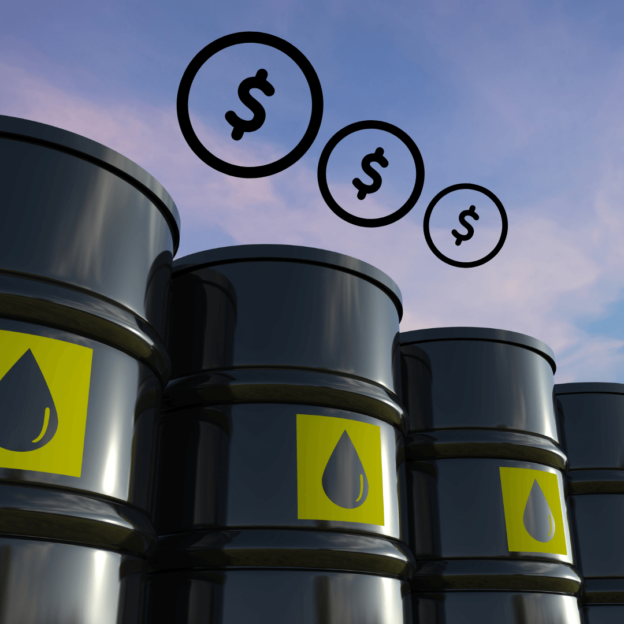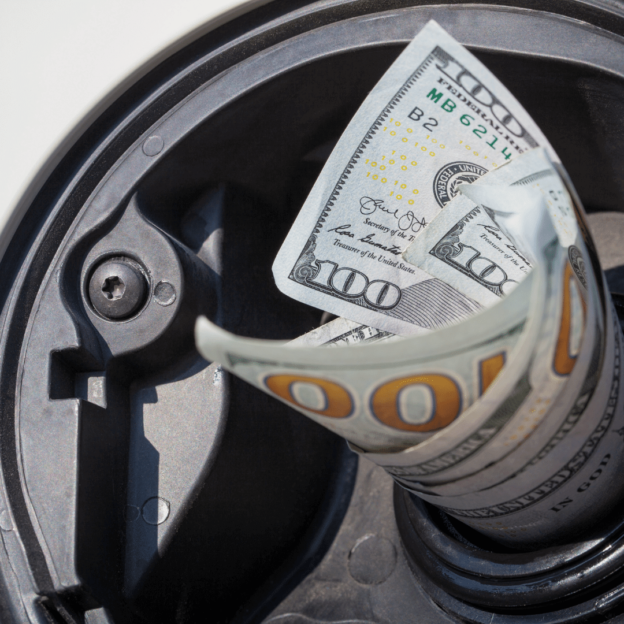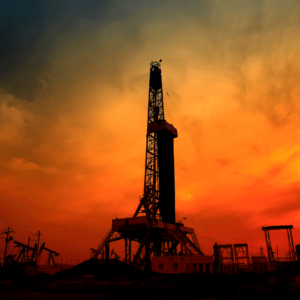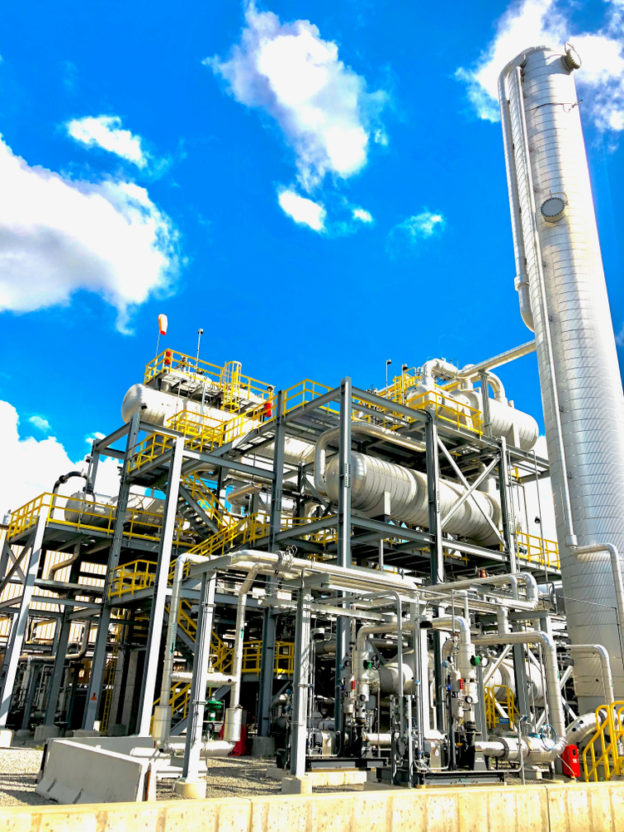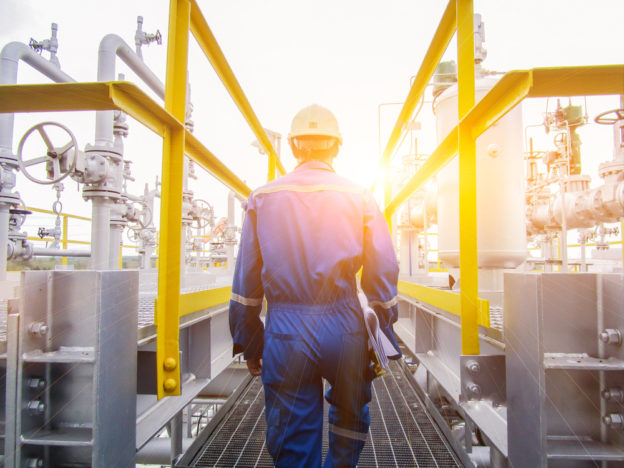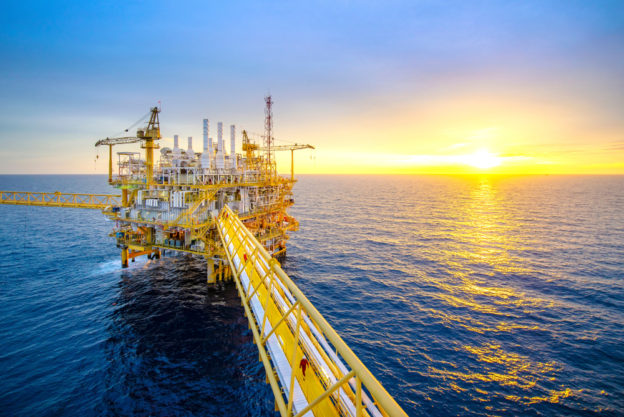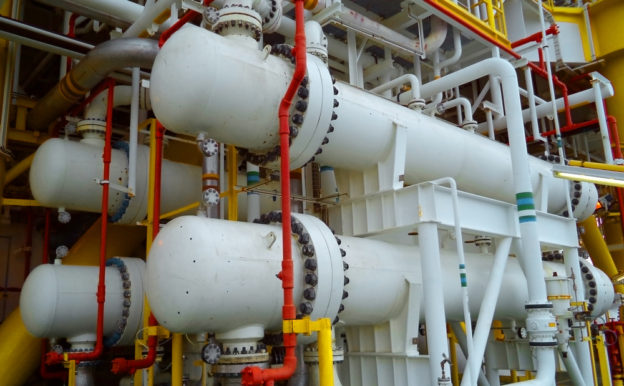Leaders in the oil and gas industry understand how much the market affects their business. Drastic and unpredictable swings in barrel and natural gas prices can upset any production.
While it can be difficult to forecast when prices will change, and business will improve or worsen, implementing cost-saving strategies into your business plan can help you save money in the long term.
Cost reduction strategies are crucial to help make companies more profitable and survive downturns in the market.
Let’s examine some of the ways your business can take advantage of modern strategies today.
Cost-Saving Tips Any Gas or Oil Business Can Accomplish
Oil and gas facilities can benefit from modernizing some of their facility services. These modern solutions can produce significant savings for the company that can help a business gain control over its finances for the extended future.
Drones and Robot Tech
Drones are an advanced technology that can monitor large work areas, hard-to-reach equipment, and potentially dangerous situations. Using a drone to monitor difficult areas of your facility and equipment reduces manpower and increases efficiency.
Robots are another tech that helps a facility remain safer and more efficient. Incorporating robot technology in some areas of your business will allow you to reduce human resources on high-risk jobs or complete simple tasks faster than an employee.
This will allow you to fully utilize your workforce in other areas of your business while the robots take care of the dangerous or simple tasks.
Smart Technologies
You can easily incorporate many smart technologies into your systems to improve efficiency while reducing costs.
The Smart Bit is a fantastic tool in the oil and gas industry that can improve drilling and reduce costs for multiple drill bits. These bits can sense the rocks and soil in the ground and adjust their drilling operations to work more efficiently. You will not have to change bits each time you reach a layer of rock or soil. This example of having to drill using only one bit is just a taste of how automated technology can help your facility and drill sites maximize productivity.
Updating Natural Gas Production Equipment
There is a significant difference in cost and production when you use updated equipment for natural gas production.
Companies like Pro-Gas Services have the latest equipment and technologies available for every stage of natural gas production. Our equipment, like gas conditioners and NGL storage, are all built onto skids, making them transportable to any area where you are drilling or producing gas.
When your equipment can move with your team, your site saves money on having to either repurchase or experience a difficult relocation on essential machinery.
Avoid Corrosion
All oil and gas company equipment eventually deteriorates from metal corrosion. It has been an accepted fact for many years. Coating or painting the pipes can slow the process, but eventual repairs and replacements are costly.
Fortunately, newer coatings are available on the market to protect equipment pipes. These new coatings do not delay corrosion; they completely prevent corrosion. This is a very cost-effective way of reducing costly repairs and downtime.
Updating Software
You can save a lot of time and introduce new programs to your business by updating the software your facility uses for general management. Many new programs have multiple functions that streamline operational processes and reduce the amount of time needed for any type of business you are conducting from a computer.
Cloud technology exponentially adds to the value of updated software. You can review information or programs anywhere you need it from any authorized device through cloud access.
In the oil and gas industry, it’s easy for urgent complications to arise that hold-up efficiency. Using cloud technology, your team can respond quickly to issues and help push productivity along, even on the go!
Reduce Costs and Increase Equipment Quality With Pro-Gas Services Today!
If you are interested in updating your current natural gas production equipment, you are encouraged to call Pro-Gas Services. We will gladly help you with your natural gas production equipment needs.
Contact us today to learn more about our product availability.


